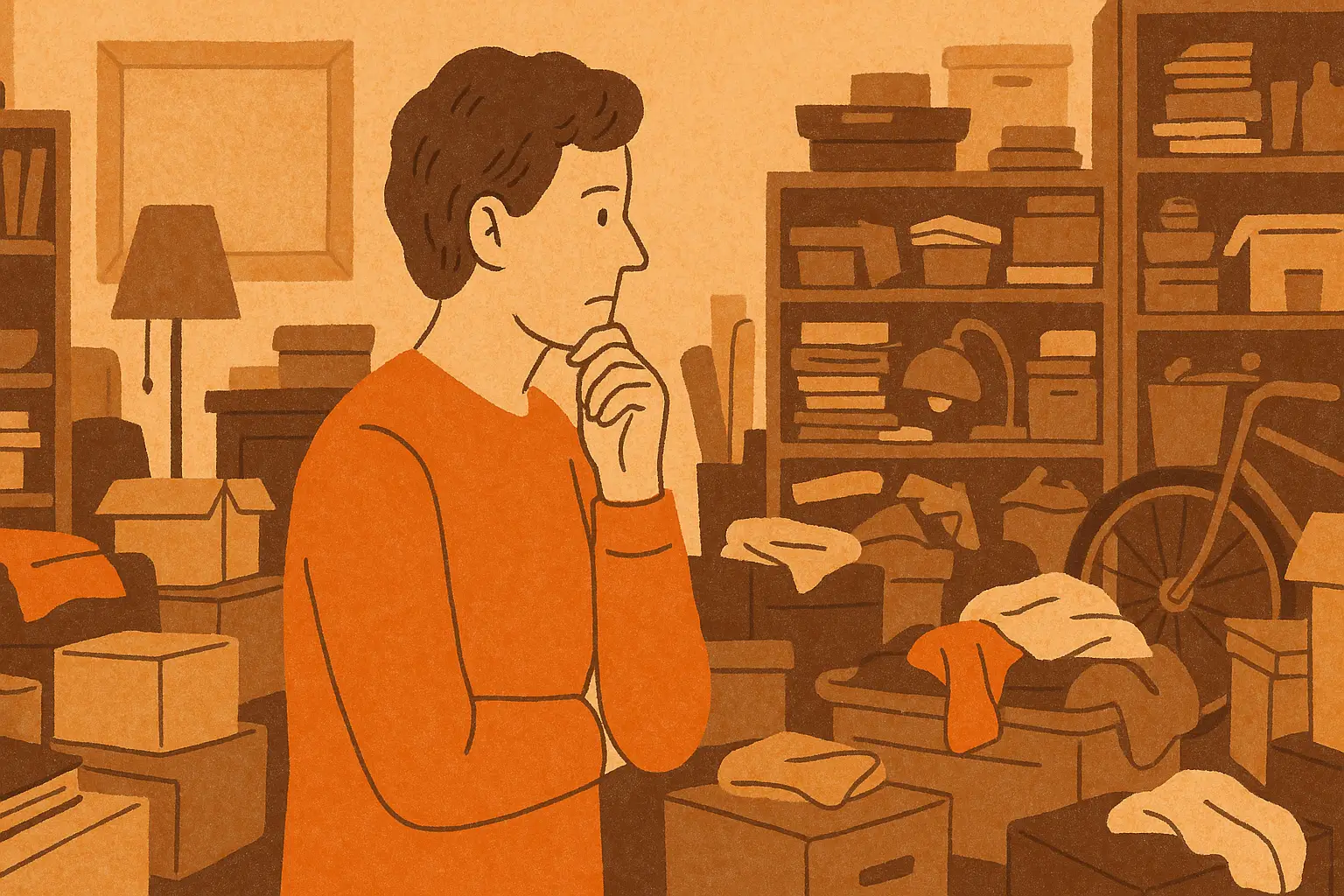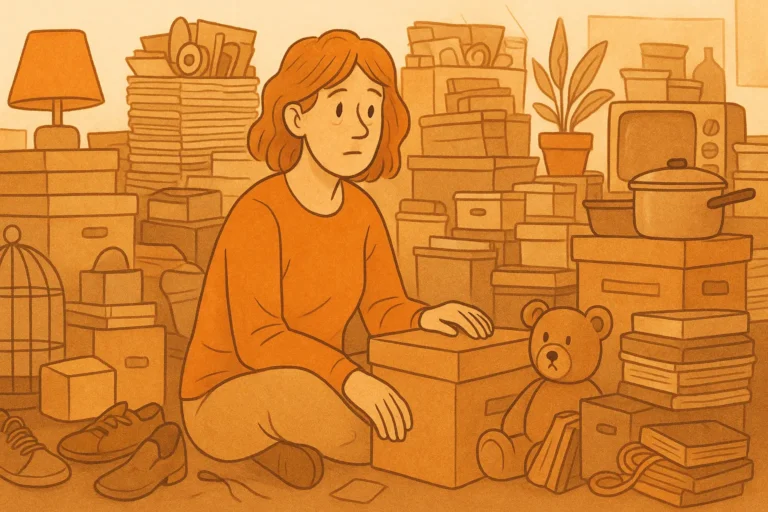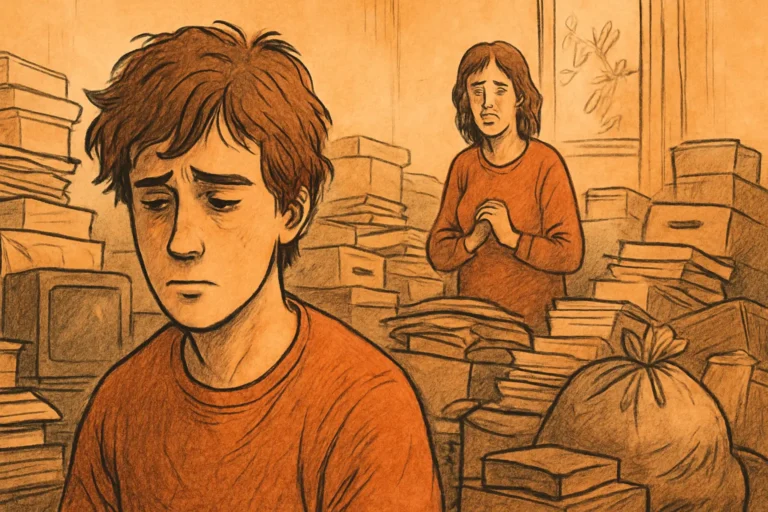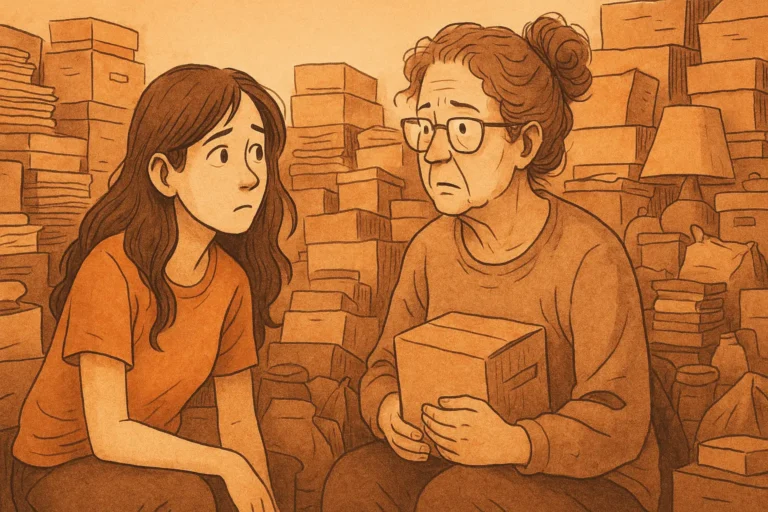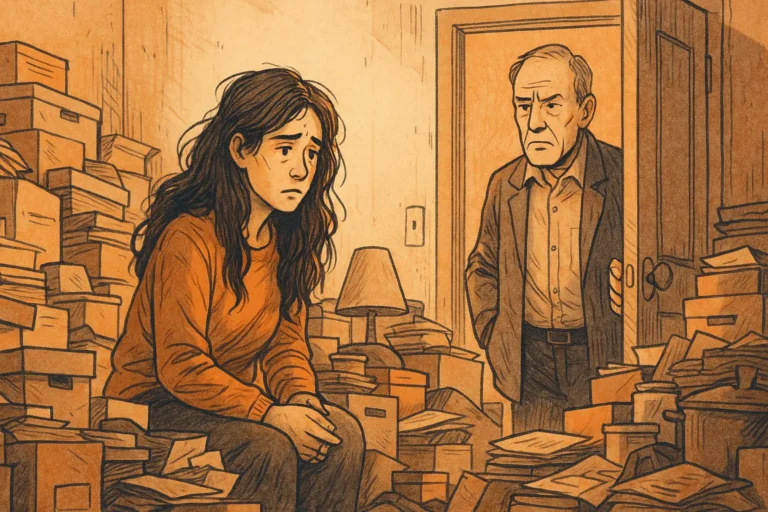How Do You Know if Someone Is a Hoarder?
Most of us have a little clutter here and there. But hoarding is more than just a messy room. You know someone might be a hoarder when their living space is taken over by piles of things they don’t need, can’t use, and won’t throw away — even if it’s affecting their health, safety, or relationships.
Hoarding is not about being lazy or messy. It’s a pattern of holding on to items, often with strong emotional attachment, even when those items have little to no value. And it can range from mild to severe.
Let’s break down what to look for.
Clutter That Never Seems to Go Away
One of the clearest signs of hoarding is persistent clutter. This isn’t the kind of mess you can tidy up in an afternoon.
If you visit someone’s home and every surface — tables, counters, chairs — is stacked with papers, clothes, or random objects, and it stays that way for months (or years), it could be a sign of hoarding.
Even if they clean a little, the piles tend to come back quickly because the root cause isn’t being addressed.
Rooms That Can’t Be Used for Their Purpose
In a healthy home, a kitchen is for cooking, a bedroom is for sleeping, and a bathroom is for bathing. In a hoarder’s home, that’s not always the case.
If the bed is covered with items so it can’t be slept on, or the kitchen is full of boxes and old dishes so cooking is impossible, that’s a strong sign.
When stuff takes over the space so much that normal living activities can’t happen, it’s more than clutter — it’s a warning sign of hoarding.
Holding On to Items With No Real Use

Many people keep sentimental things. But hoarders tend to keep items that are broken, expired, or unusable — yet still believe they might “need it someday.”
You might hear things like:
- “It’s still good, I might fix it later.”
- “It has memories attached.”
- “I might need this in the future, just in case.”
If this happens with dozens or hundreds of items, it’s a red flag.
Extreme Difficulty Letting Go
Throwing things away is stressful for a hoarder — even small, inexpensive items.
They might avoid decluttering altogether or become visibly upset when someone suggests it. Sometimes, they’ll agree to get rid of something but later pull it out of the trash.
It’s not about stubbornness. Hoarding often comes with anxiety, fear, or guilt tied to letting go of possessions.
Safety and Health Risks
Severe hoarding can create hazards. You might see:
- Narrow paths through piles of items.
- Fire hazards from blocked exits or covered heaters.
- Mold, pests, or bad odors from old food or trash.
These dangers can make the home unsafe, yet the hoarder may still feel unable to clear things out.
Avoiding Visitors
Many hoarders feel embarrassed or anxious about others seeing their home. They may stop inviting friends or family over altogether.
This isolation can make the problem worse, because there’s less outside encouragement to deal with the clutter.
If someone you know always finds an excuse for you not to visit — and you suspect it’s because of their living conditions — it could be a sign of hoarding.
Emotional Attachment to Objects
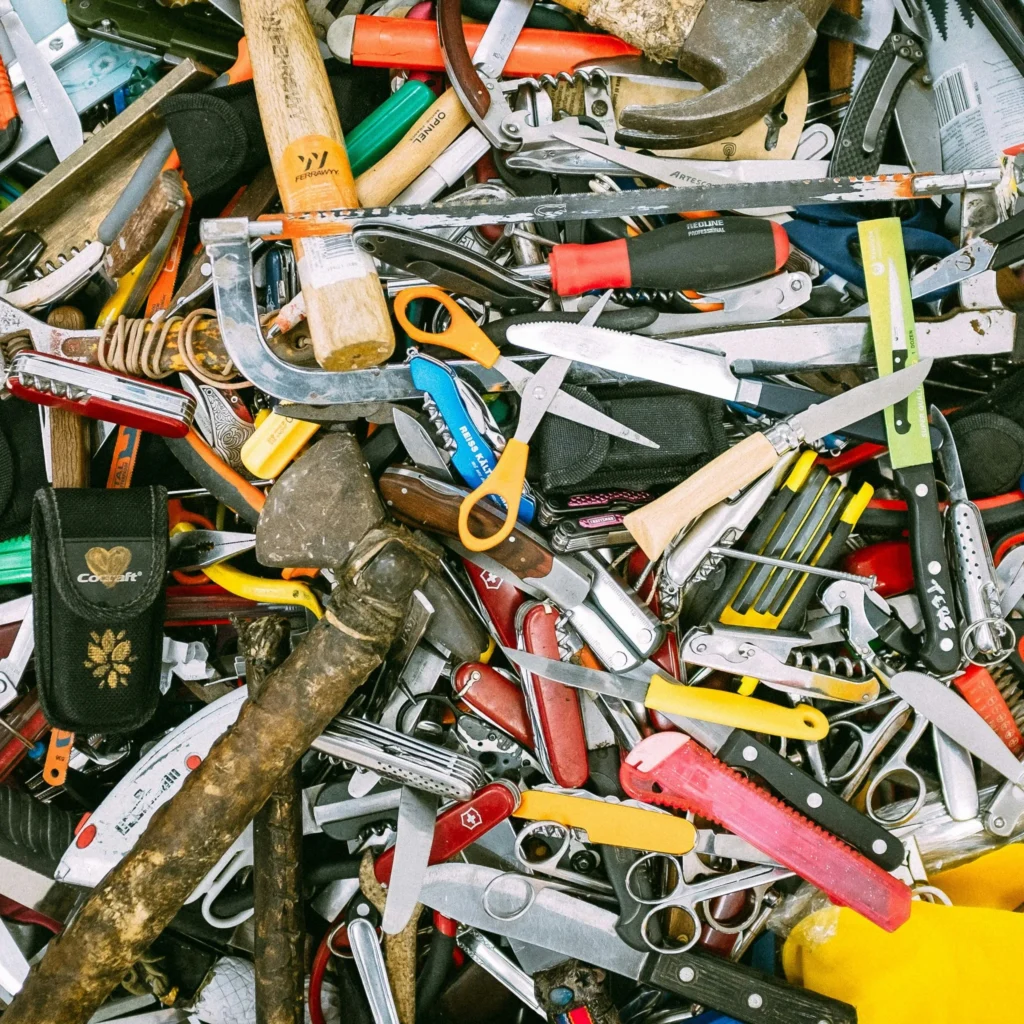
For a hoarder, possessions aren’t just “stuff.” They often see objects as part of their identity or as reminders of important life events.
Throwing something away can feel like losing a part of themselves or erasing a memory. This deep attachment makes decluttering feel almost impossible without support.
Denial or Downplaying the Problem
Sometimes, a hoarder doesn’t see their situation as a problem — or they believe it’s under control.
They might say things like, “I just have a lot of hobbies” or “It’s not that bad, I just need a weekend to organize.” But in reality, the problem has been going on for years.
Denial is common, and it’s one reason hoarding can go untreated for so long.
Distinguishing Hoarding From Just Being Messy
Messy people can still find things they need, and they can clean up if they want to. Hoarders, on the other hand, feel a powerful need to keep things, even if those things are blocking doors, filling bathtubs, or making the home dangerous.
The difference is about control — clutter controls the hoarder, rather than the other way around.
What to Do if You Think Someone Is a Hoarder
If you notice these signs in someone you care about, approach the topic gently. Hoarding is often linked to anxiety, depression, or past trauma.
Avoid shaming them or demanding they throw things out. Instead:
- Offer emotional support.
- Suggest small, manageable steps.
- Encourage professional help from a therapist or hoarding specialist.
Final Thoughts
You can usually tell someone is a hoarder if their living space is overwhelmed with clutter, they can’t part with items, and their home’s function or safety is affected.
It’s not just about too much stuff — it’s about the deep emotional struggle behind keeping it. Understanding the signs is the first step in offering real, compassionate help.

